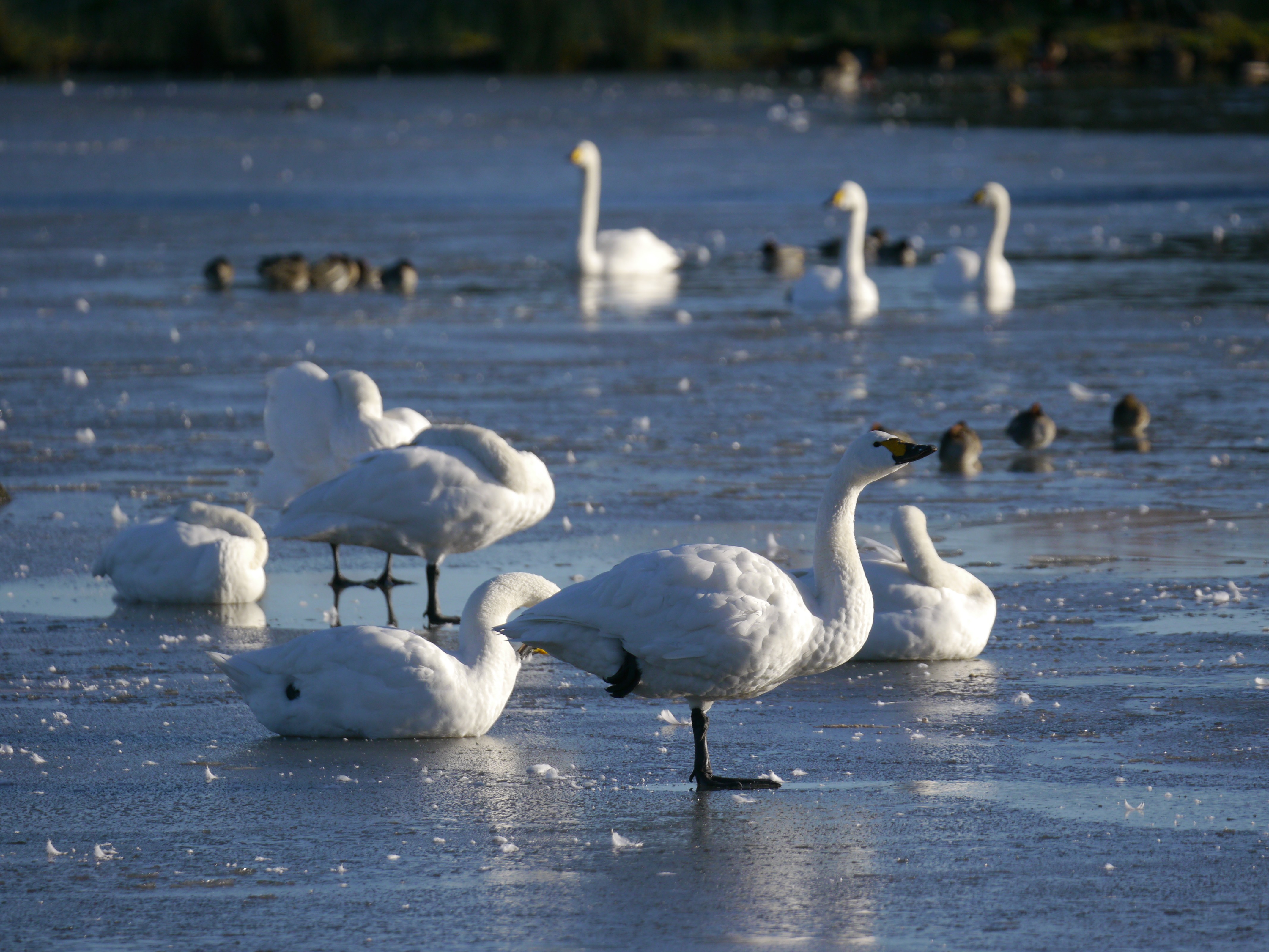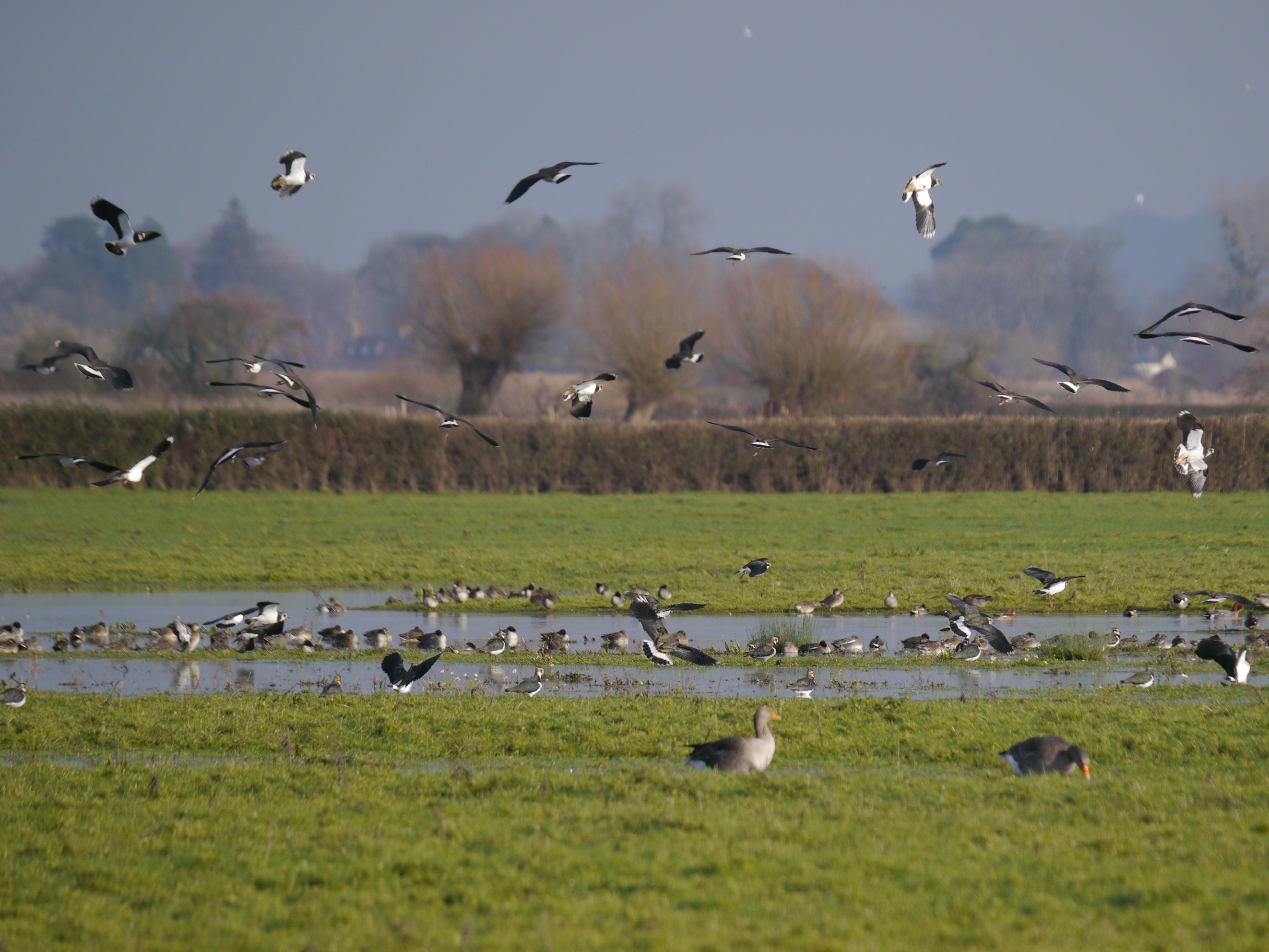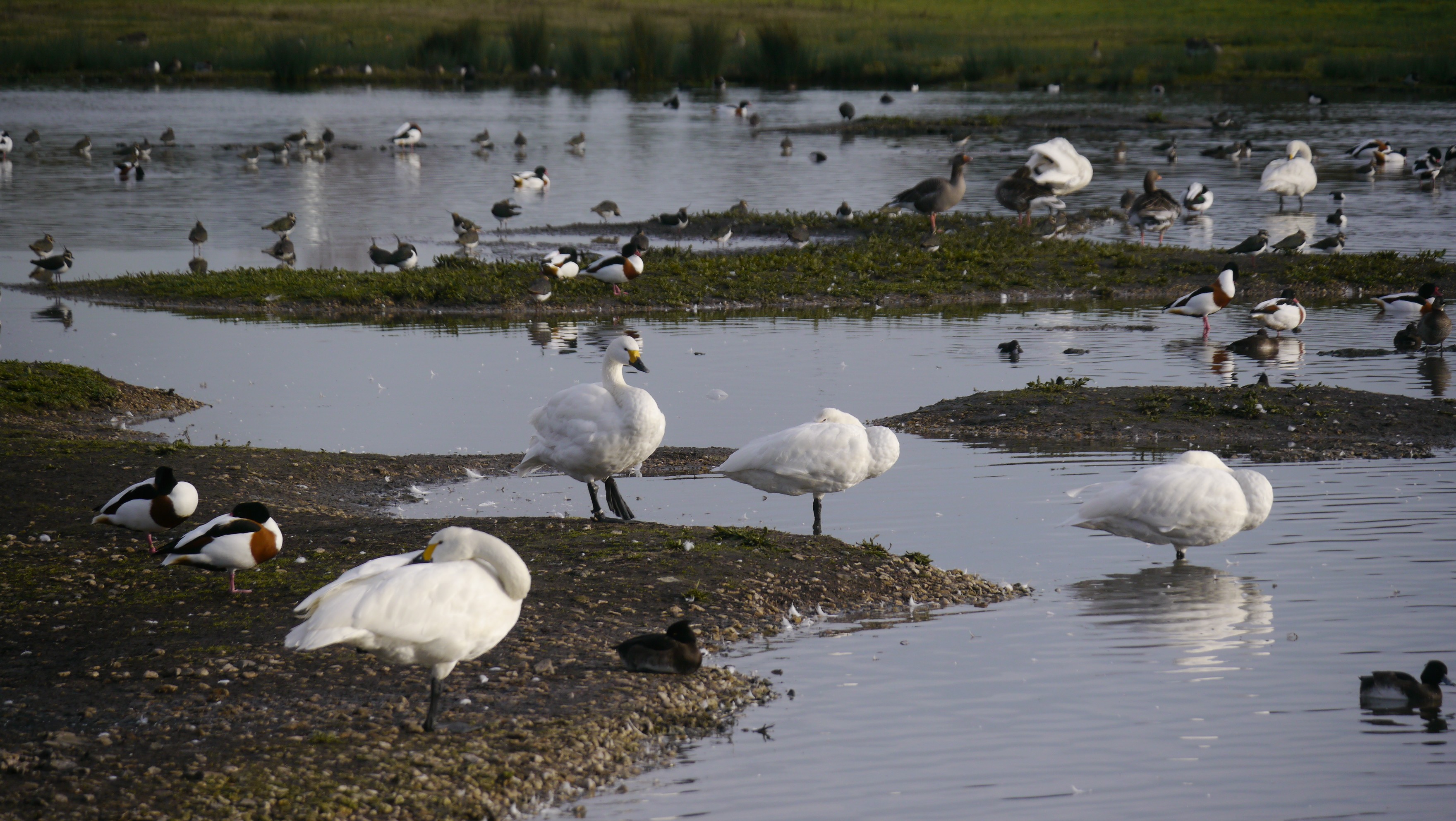Return of the warblers
In a week of record breaking temperatures we've seen a flurry of new arrivals around the reserve
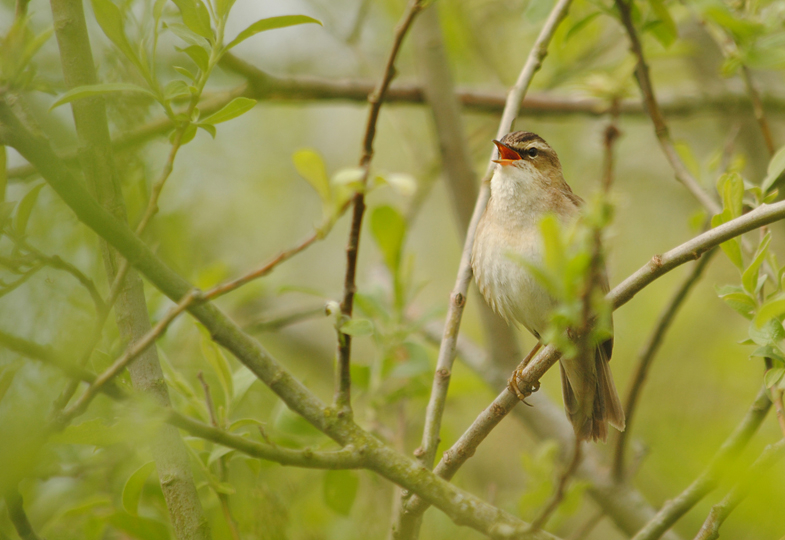
In a week of record breaking temperatures we've seen a flurry of new arrivals around the reserve, not least a few different warblers and a steady passage of hirundines. Looking at the forecast ahead it seems crazy that we're returning to sub-zero overnight temperature lows - the birds might be in for a nasty shock!
Most noticeable of the arrivals this week have been the warblers. Last week we reported an increase in the number of Chiffchaff and then our first Blackcap of the year. This week more Blackcap have arrived with at least eight singing birds around the reserve today, but earlier this week we also recorded our first Willow Warbler and Sedge Warbler. It won't be long until we also see Whitethroat, Lesser Whitethroat and Reed Warbler arrive - a few of the latter species have already been reported in the UK!
Another first of the year this week was a Common Sandpiper on the South Lake on Thursday morning. Other waders of note have included up to 400 Black-tailed Godwit stopping off as they prepare to leave for their breeding grounds in Iceland, a couple of Little Ringed Plover and Green Sandpiper around the reserve, whilst on Thursday at least 97 Avocet were present on the South Lake. We also have several Lapwing now on nests and incubating eggs with our Oystercatcher pairs still to lay. We hope the cold weather coming next week doesn't cause them too many problems. A Grey Plover on the Top New Piece this morning (Friday 2nd) was a nice surprise.
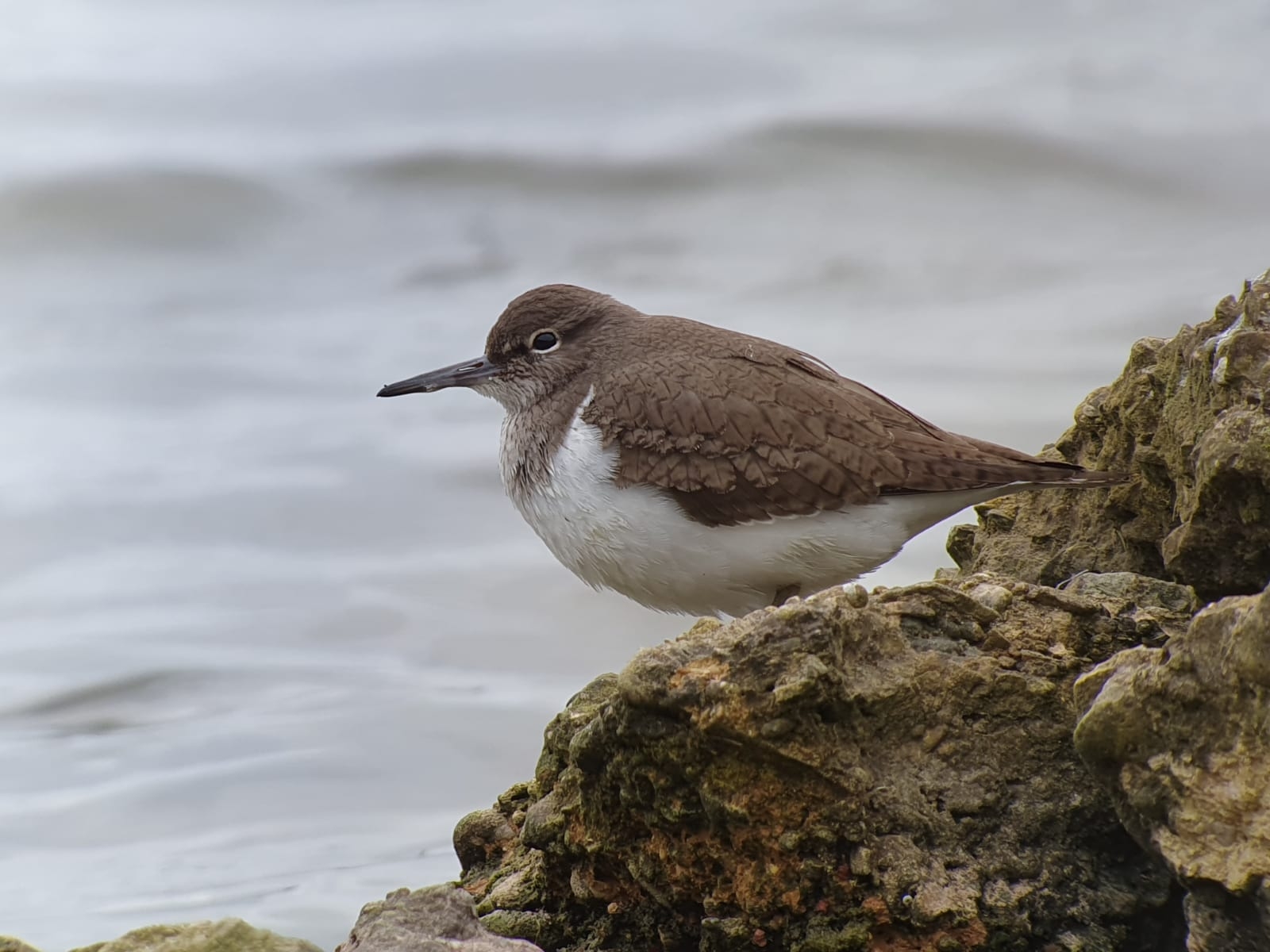
Our flock of ten Cattle Egret have remained all week, but yesterday (Thursday 1st) had been joined by an extra bird with 11 on the South Lake late afternoon as they prepare for roost. On Tuesday evening the roost and other birds on the South Lake were disturbed by a low-flying hot air balloon. The craft passed over the South Lake and out towards the river, flushing every bird in its path including the last of our winter flock of White-fronted Geese who took the flush as their queue to leave the reserve completely along with the lone Pink-footed Goose. Several Schedule 1 breeding species were also disturbed, not least our Avocet flock who flushed from the South Lake and resorted to roosting on the Dumbles instead. The egret roost moved in a similar direction and took refuge in the trees around the Long Ground Pool where they were joined by two Little Egret and three Great Egret. A complaint has been logged with the Civil Aviation Authority.
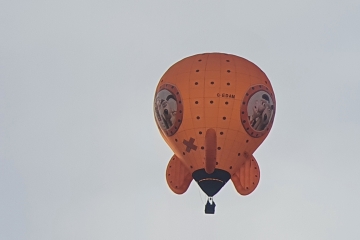
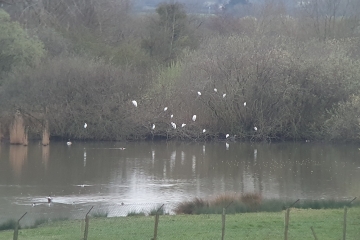
This week the Reserve Team have moved on to the South Finger Walkway, clearing the path of debris, clearing out drainage gutters along the path edges and laying a new surface. The work was completed on Thursday and the team then moved on to resurface the path leading to the Zeiss Hide through the Spinney. The Spinney itself is full of Rook nests in the colony, a very noisey area to work. We've also seen a new mini Rookery set up next to the visitor centre, with three nests (so far) in a tree above the path from the shop exit - look out for them when you visit after we hopefully are able to reopen on 12th April. You can keep up to date with the latest news around our reopening on the WWT website here.
Crane update
Another week passes with little signs of pairs getting ready to nest. All of our pairs except Wendy & Albert have been seen in the last few days, so there is a chance that they have snook off somewhere and started nest building. The immature unringed bird is still with us and has been associating with Sedge, our only unpaired bird after Monty left her a few years ago for Evie. The immature bird is too young to breed and we don't know whether it is male or female, so it is likely they're formed an attachment as all other birds will be chasing them off their territories.
Kingfisher update
Our pair at the Kingfisher Hide have been seen throughout the week, with the female usually sat outside the nesting burrow. The male presumably continues to excavate and get things ready for when she lays in a few weeks time. The cold weather coming may push them back a little but we shall keep an eye on their activity and attempt to work out when the first chicks are likely to hatch.
Other notable species
On Thursday the first-winter Bonaparte's Gull returned after spending a few days further north at Frampton Pools. The bird was present early morning but by 11am was seen back at Frampton Pools. At least three Mediterranean Gulls have also been noted this week, a second calendar year bird, a third calendar year bird and a stunning adult summer plumage bird.
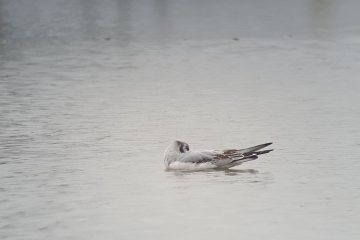
The Cackling Goose remains with the small flock of Canada Geese, mainly out on the Dumbles but on Wednesday the bird dropped in to the Rushy giving excellent views. What will this bird do once all our Canada Geese depart for the breeding season? We watch and wait. In other goose news, our remaining 36 White-fronted Geese have now departed after their scare by the hot air balloon, taking the lone Pink-footed Goose with them. Around 40 Barnacle Geese remain on the reserve and several broods of Greylag Geese have been noted. This week we've also seen our first Mallard ducklings of the season with two broods around ponds near the visitor centre.
A steady trickle of Sand Martin have been noted all week, with a few Swallows amongst them. On Friday morning the colder weather was forcing them to hunt low over the water at the South Lake where around 40 Sand Martin and a few Swallows had gathered. Earlier in the week on Monday a Wheatear was seen out along the fenceline around the Goose House Ground but other spring migrant passerines are in short supply yet aside from the warblers already mentioned. A flock of around 70 Meadow Pipit have been present most of the week, presumably taking a break before heading off north to their breeding grounds.
The passerines will be one option for the Merlin who has been seen hunting over the Dumbles this week. A large immature female Peregrine has also been noted, along with great views of a Goshawk on Wednesday and a very low fly-over from a Red Kite on Thursday.

